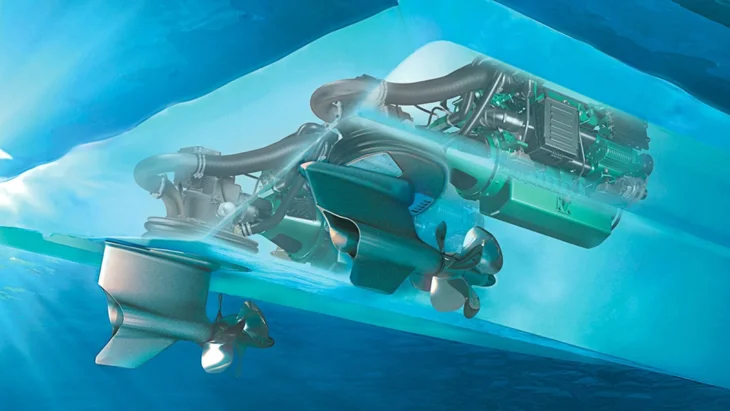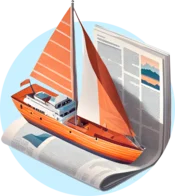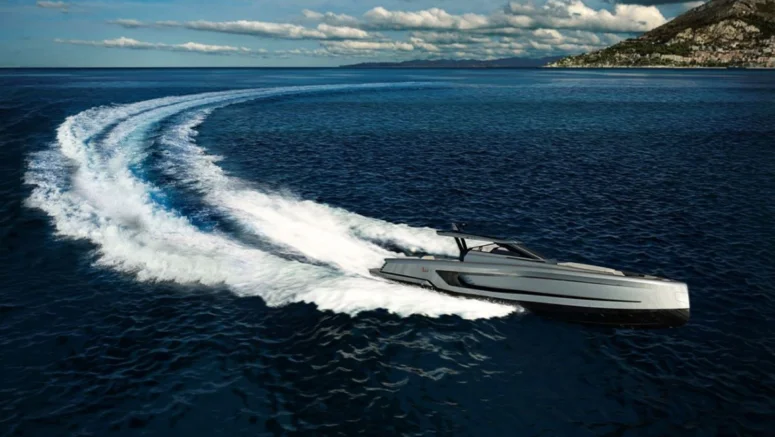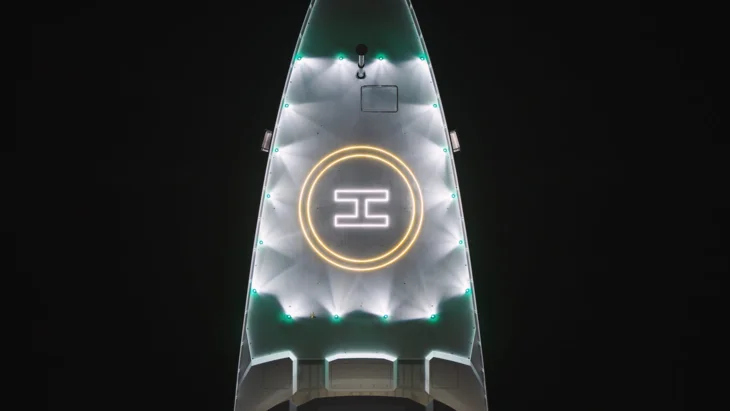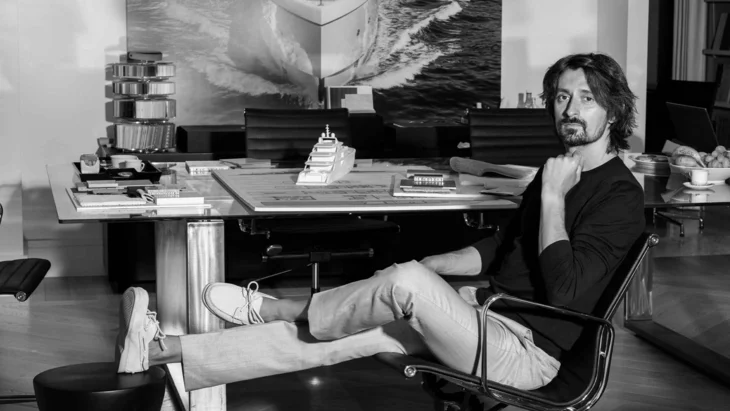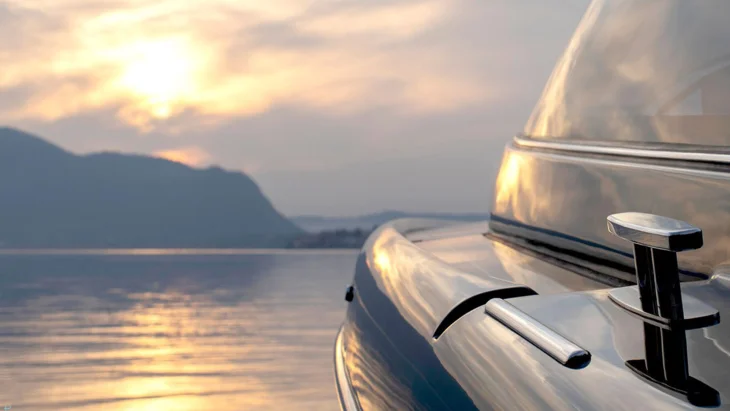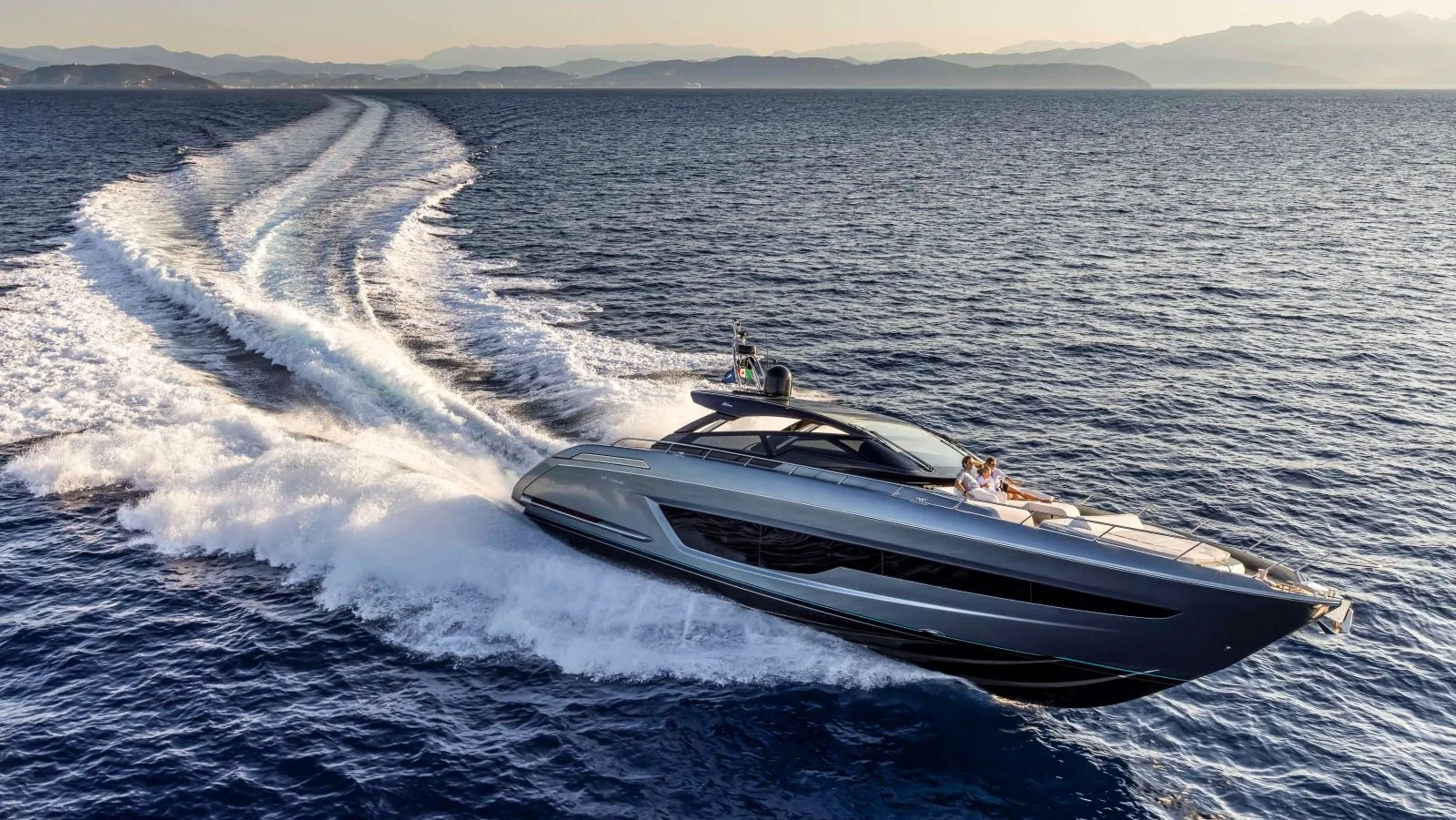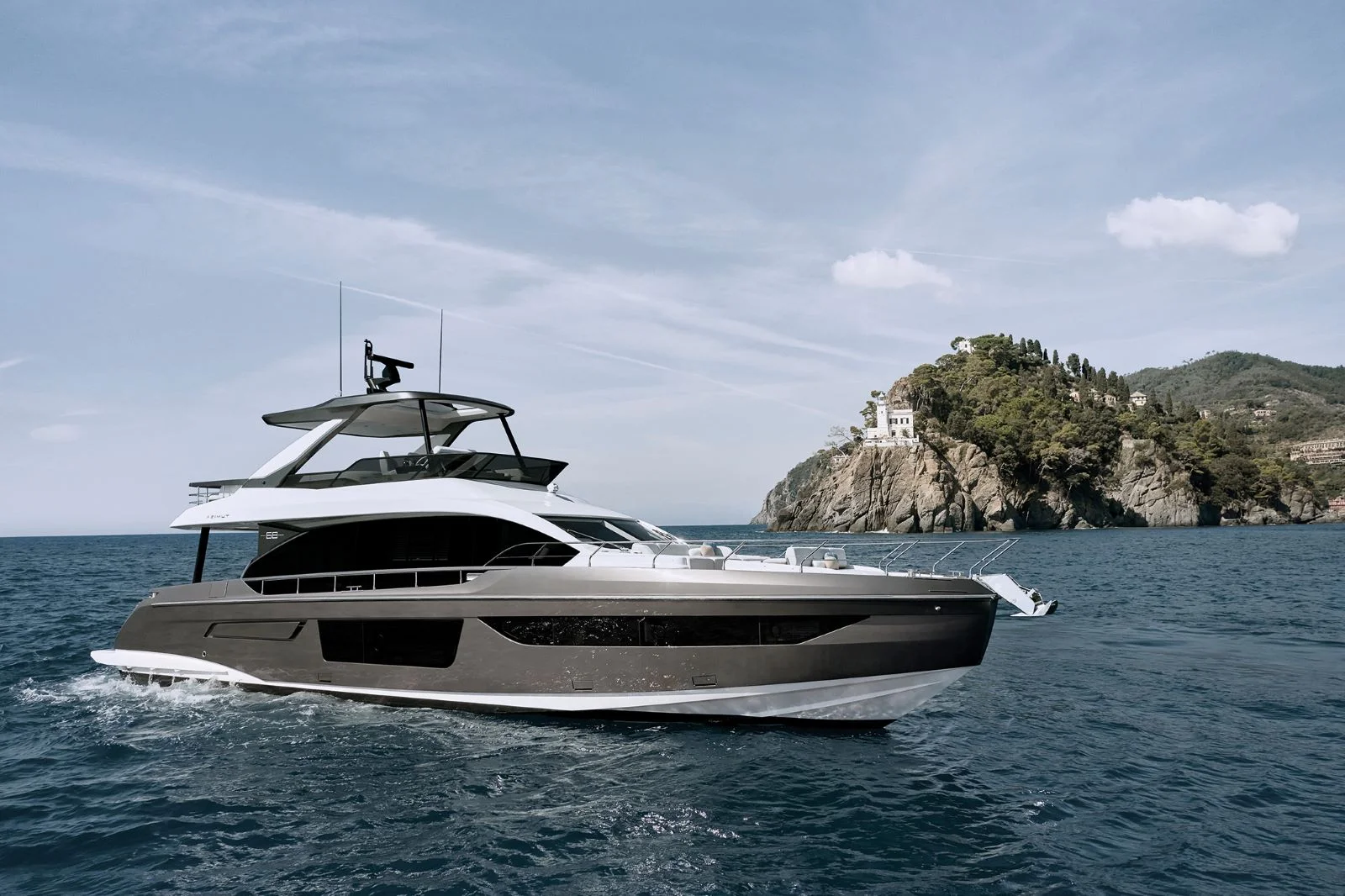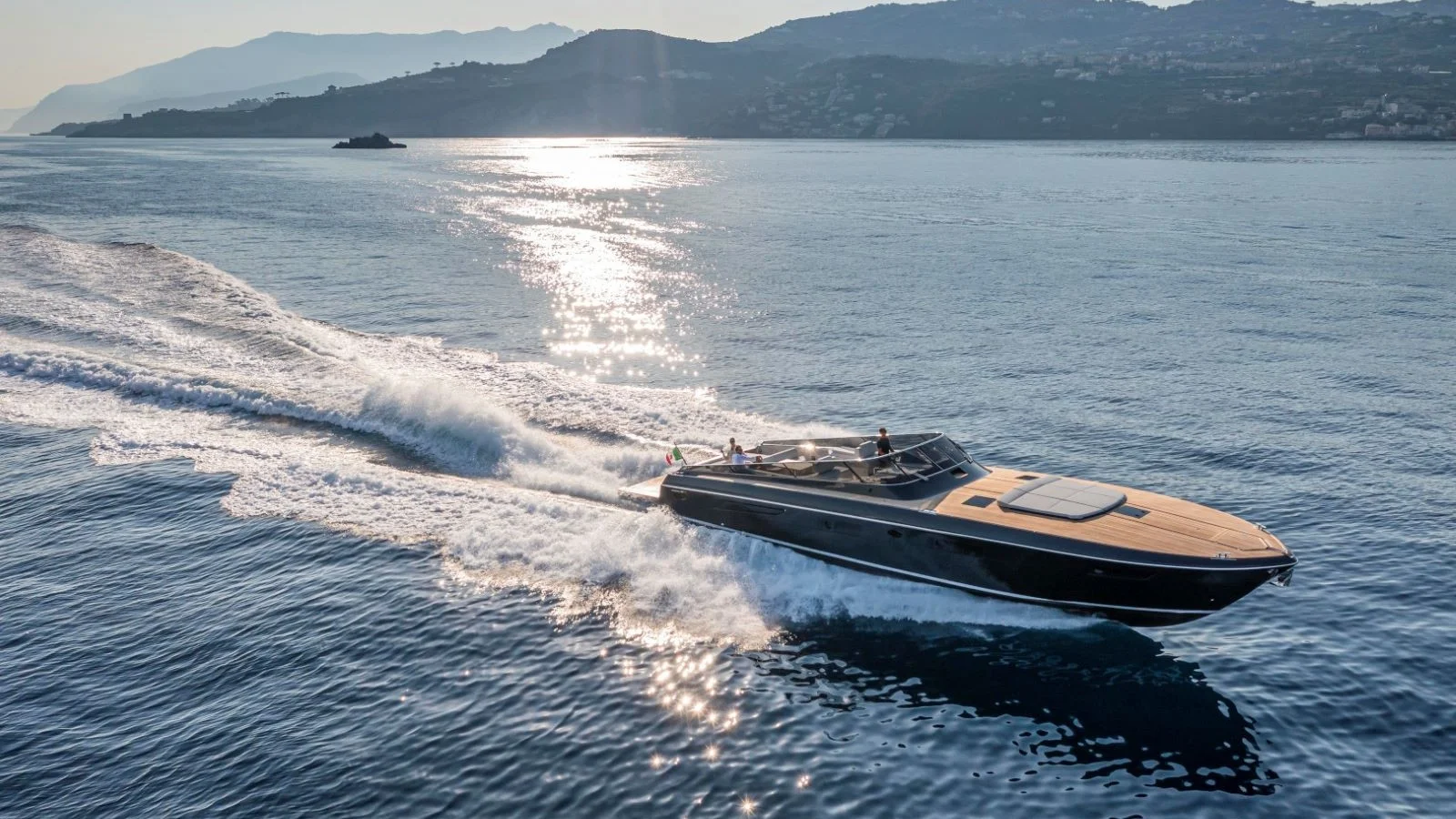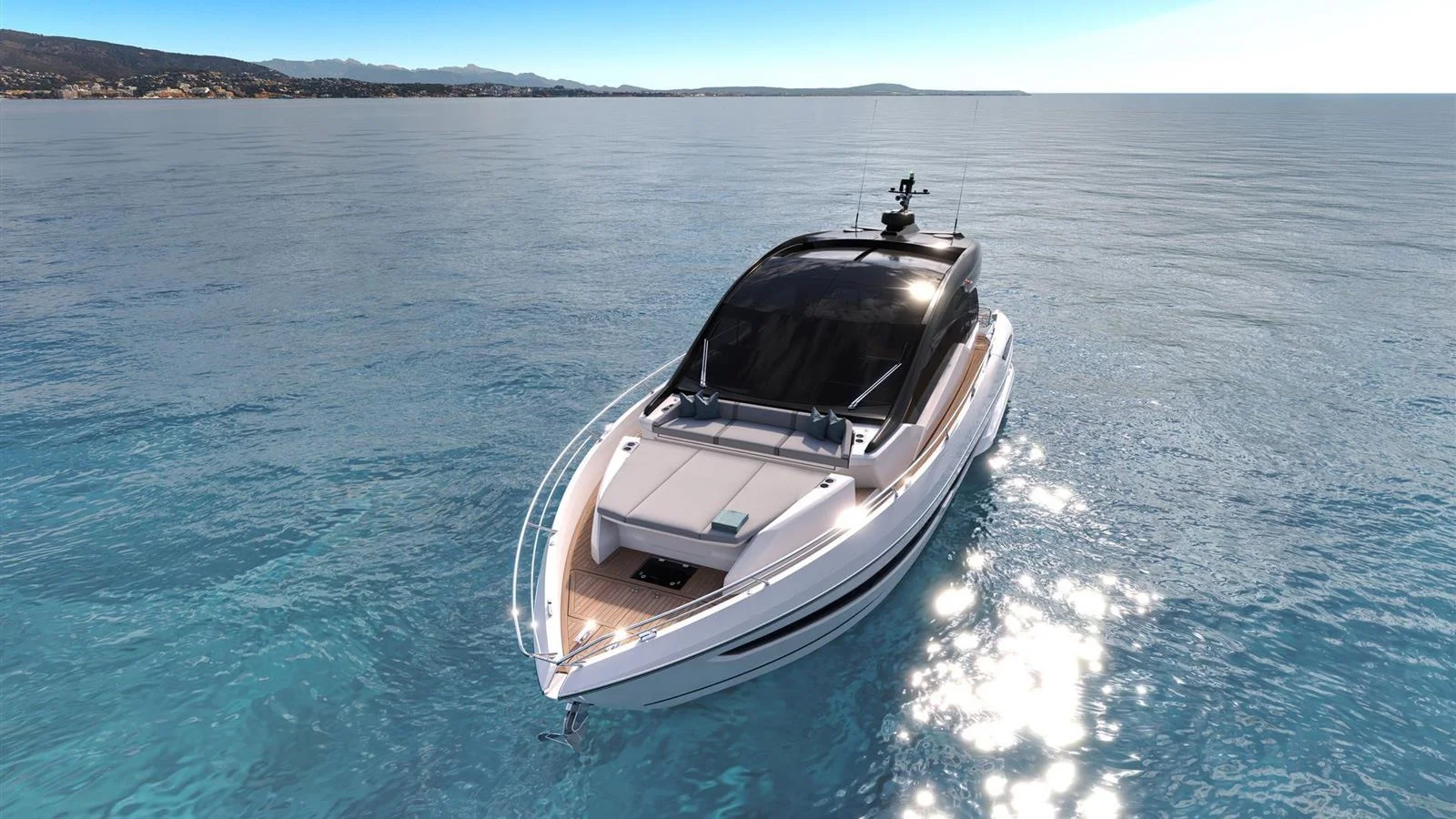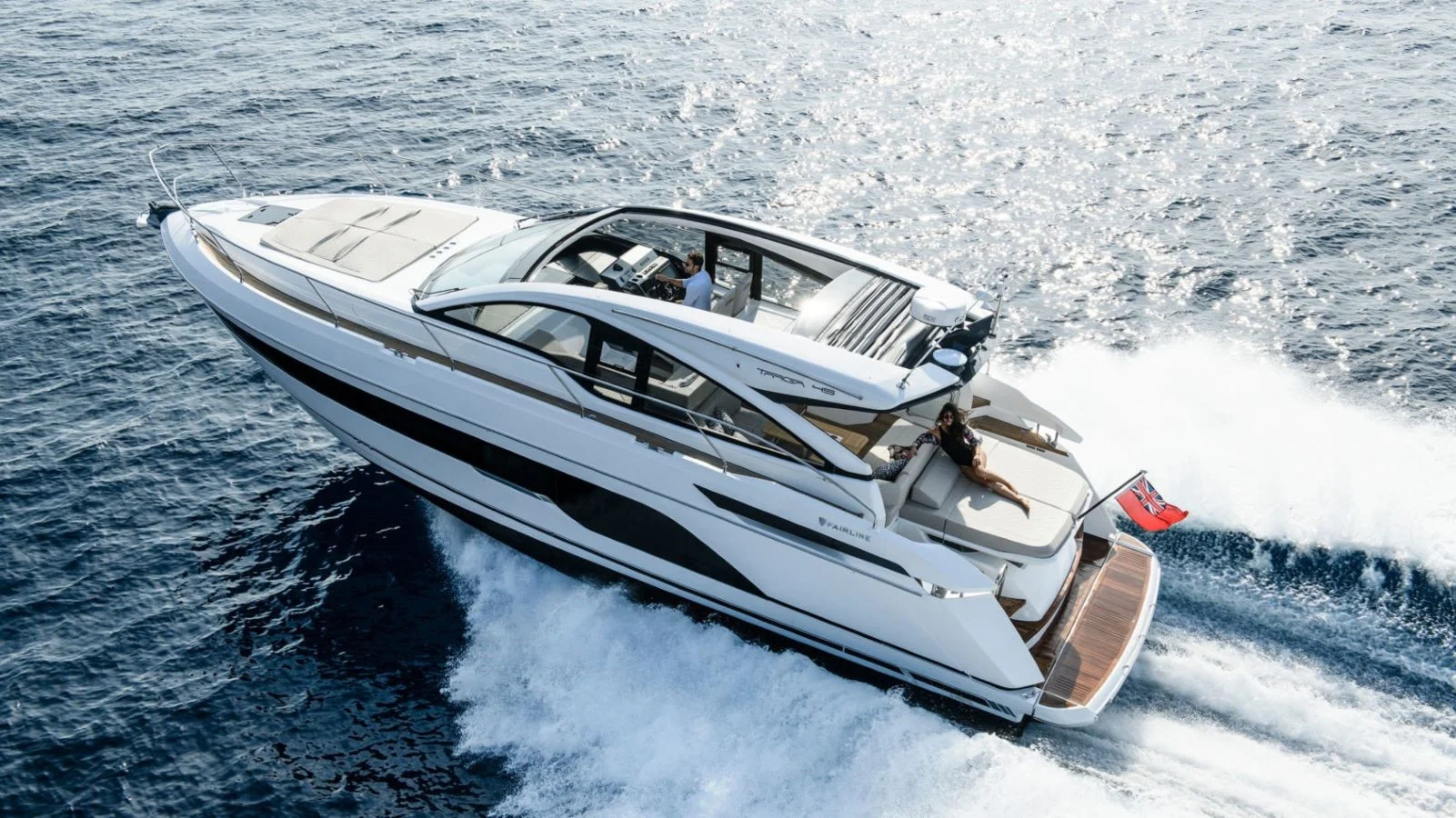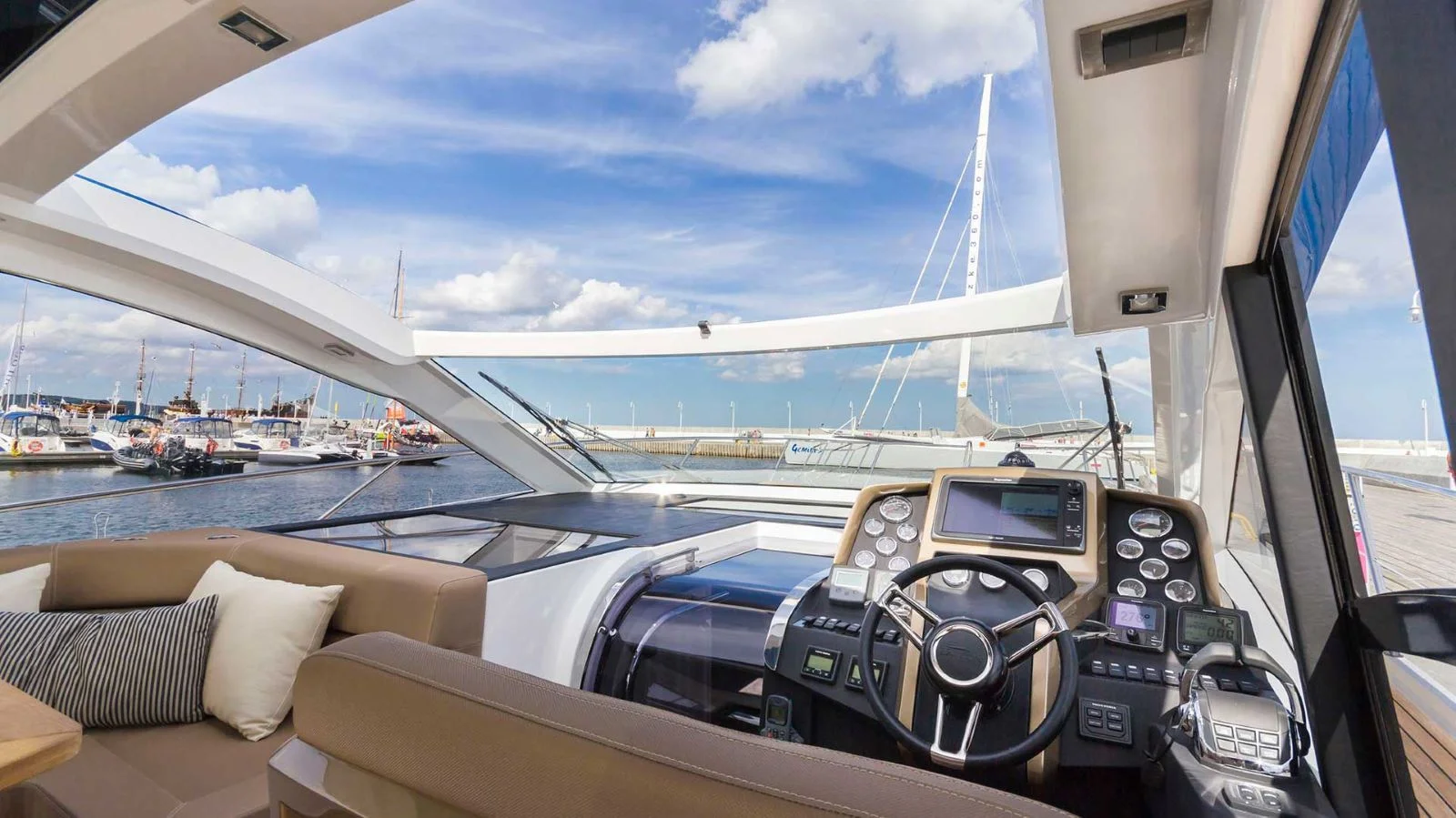Hardtop yachts: pros, cons, special features
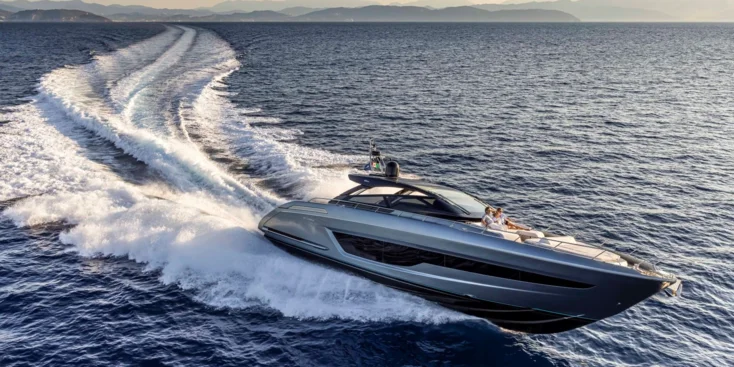
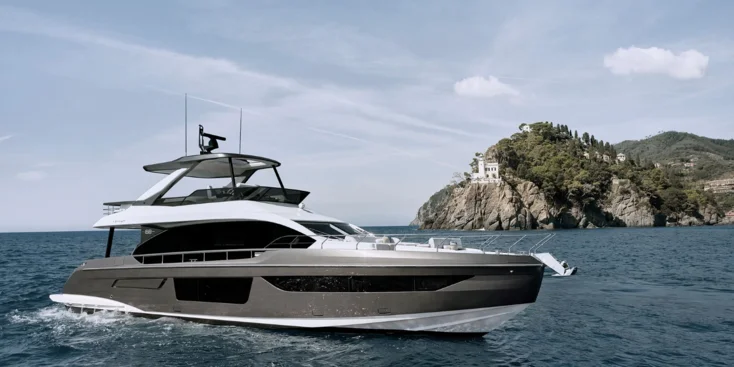
Without going into details, all motor yachts and boats can be divided into three groups by their superstructure type: open, flybridge and hardtop ones.
Open yachts
This is clear: the main deck that houses the helm station and the cockpit is open. To protect you from the wind there is usually a windshield, and to protect you from the sun there is a bimini tent. This kind of construction is most typical of small sport boats and is a hallmark of the so called “Mediterranean boats” of any size, mostly Italian, like Riva or Itama, whose openness and style have become almost iconic. These boats look stunning and can reach high speeds due to the absence of a massive superstructure. However, they make sense only in the warm climate.
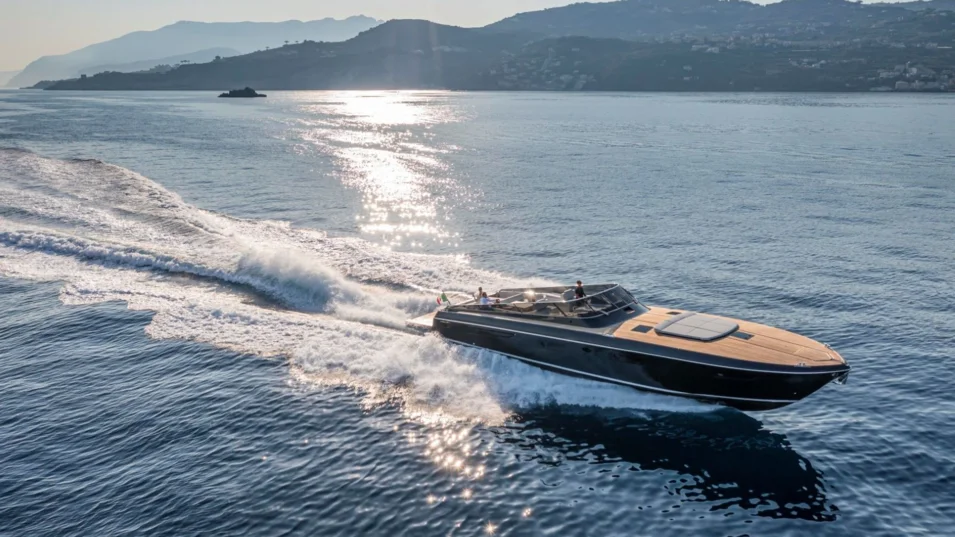
Flybridge yachts
The idea behind this type is practicality and comfort in any kind of weather. The main helm station is located in an enclosed saloon, and the extra one is on a flybridge: an open upper deck, where there is also an al fresco lounging area. These yachts offer more space than the open ones of the same length, but they lose speed due to the weight of the flybridge and look more massive.
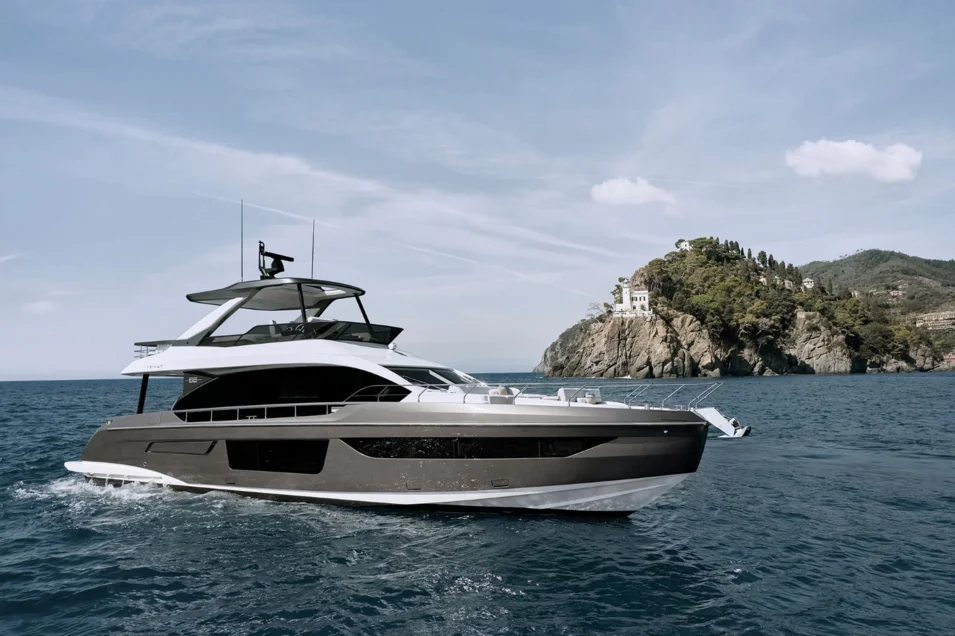
Hardtop yachts
A hardtop is a hard, retractable roof over the main deck, which normally has a glass hatch or is completely transparent. It allows the yacht to preserve the sporty look and performance characteristics, but at the same time makes her an all-weather boat. Another important advantage of a hardtop yacht is her low height above the waterline. Firstly, it means a low centre of gravity and, consequently, excellent maneuverability. Secondly, this kind of boats is perfect for the areas with low bridges.
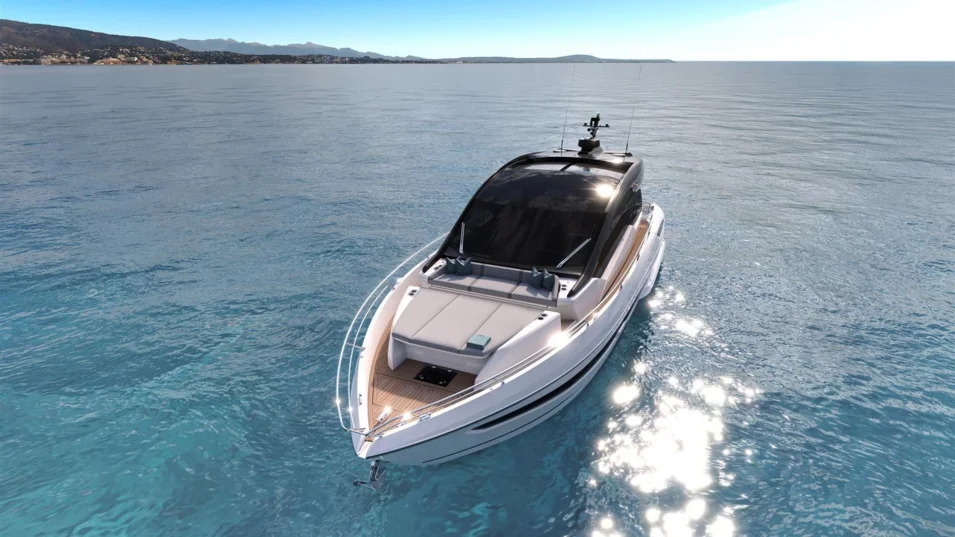
When a hardtop is completed with aft doors, you get a totally enclosed main deck saloon like on a flybridge yacht. By opening the doors and the roof (which are usually electrically powered), you can enjoy the sun and the wind just like on an open yacht. When a boat has a hardtop, but doesn’t have any aft doors, it is a sport cruiser, which is a slightly better protected variant of an open boat. Quite often instead of a hard roof, it has a soft one, called a soft top. The construction itself remains rigid, and the opening hatch is made of thick, waterproof canvas. The soft top protects from the rain and wind, and allows one to use heating for the cockpit. However, the thermal insulation is surely lower than that of a regular hardtop.
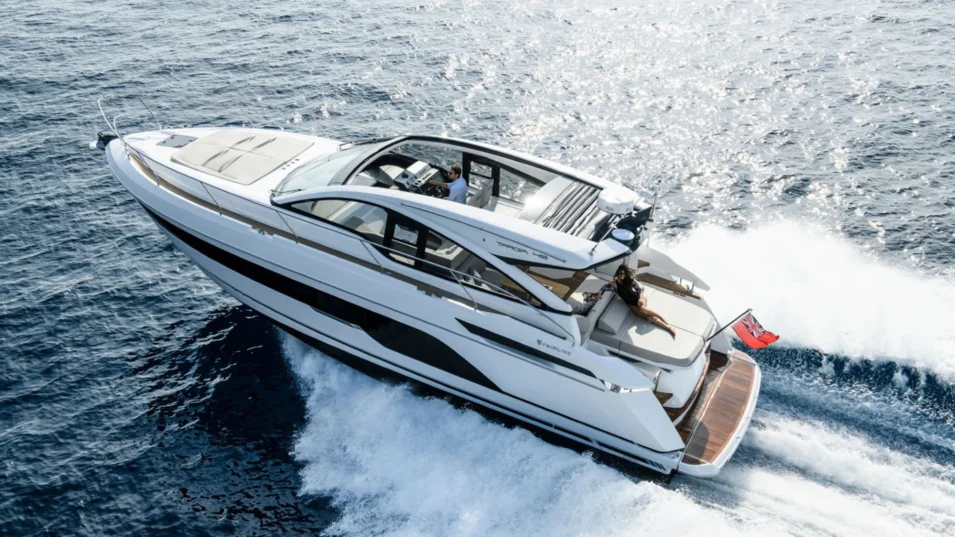
The larger the hardtop (or rather its opening part), the more advantages of an open boat you are able to experience: the sun, the wind in your hair and the feeling of communion with the sea. However, really large retractable hardtops appeared just recently, about 20 years ago. This type of construction requires a high level of rigidity of the hull and the superstructure, otherwise the hardtop may jam when opening and closing. British Fairline was the first shipyard to achieve it on their famous Targa GT series, featuring a hardtop that is almost full-beam and nearly all the saloon long. There had been only relatively small opening hatches over the helm station before that.
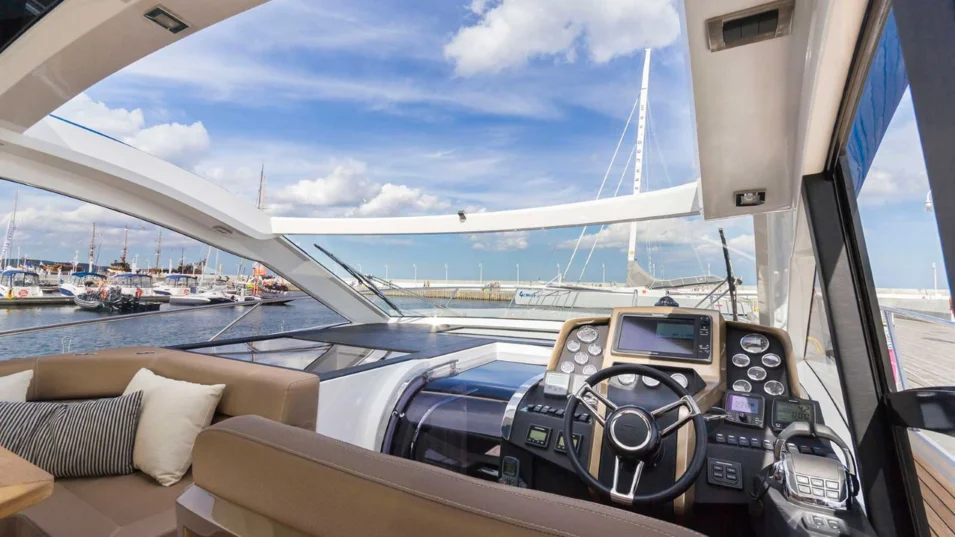
What is most interesting is that not only sport yachts may have a hardtop. You can often see it on flybridge yachts, too, or “sportbridge” ones, to be more precise: that’s a name for a compact flybridge moved further aft. Thus, there is some space left for a small hardtop in the front part of the superstructure, which normally opens just above the helm station. It is a hybrid type of a superstructure, enabling one to combine a hardtop and a flybridge in one model, but not without a compromise, as it often happens. However, this type of yachts is quite popular and offered by numerous shipyards.
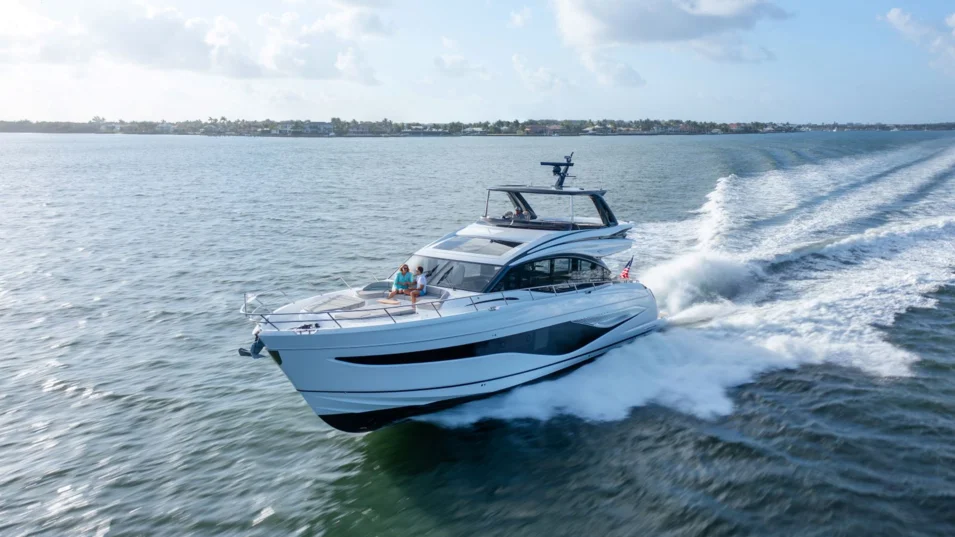
You have successfully subscribed to our newsletter
